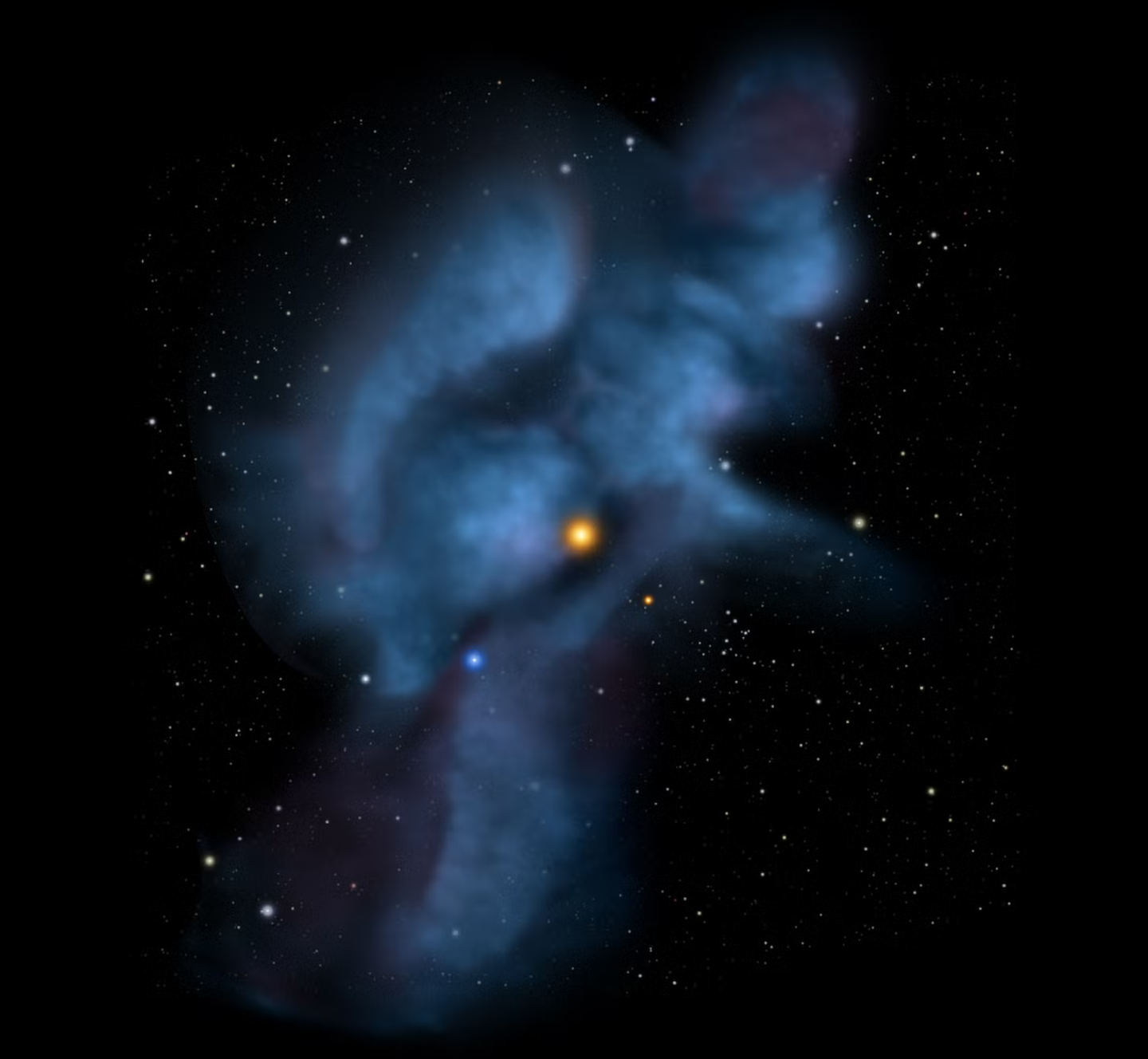Blood test breakthrough could transform ALS detection and care
New blood test detects ALS using DNA fragments, allowing earlier diagnosis and better tracking of disease progression.

A new study from UCLA Health and the University of Queensland reveals a blood test that can detect ALS using cell-free DNA fragments. (CREDIT: Shutterstock)
A new study may finally change how amyotrophic lateral sclerosis (ALS) is diagnosed. Scientists from UCLA Health and the University of Queensland developed a blood test that can spot signs of the disease using snippets of DNA in the blood.
This simple, painless technique could allow patients to be diagnosed with ALS earlier, track its progression, and rule out other neurological diseases—all without agonizing tests.
Shattering ALS with Cell-Free DNA
Cells perish daily and release bits of DNA into the bloodstream. These fragments, or cfDNA, carry chemical signatures revealing from which tissues they came from. By analyzing these fragile chemical fingerprints so-called DNA methylation patterns researchers can tell whether the DNA is from muscle, brain, or other tissue.
That information is essential in ALS, a motor neuron-wasting neurodegenerative disorder leading to muscle paralysis and weakness. Because ALS affects more than one tissue and not just the nervous system, cfDNA analysis gives us a singular window into what's happening in the body as a whole.
But to screen the entire genome for these methylation patterns would be expensive and time-consuming. So, the scientists developed a focused approach. They targeted nearly 5,000 tissue-informative markers, or TIMs—special points in DNA where methylation patterns differ by tissue. By tracking only these points of interest, the scientists could figure out which tissues were spilling pieces of DNA into the blood and match them up with patterns of disease activity.
Testing the Blood-Based Biomarker
Scientists analyzed cfDNA from 192 participants in two large groups. One was researched at the University of Queensland in Australia and the other at the University of California, San Francisco. Both groups included ALS and primary lateral sclerosis (PLS) patients, as well as healthy controls and individuals with other neurological diseases.
They found ALS patients to have much higher levels of cfDNA than control participants. In the Australian population, ALS patients presented with an average of about 125 picograms per milliliter of cfDNA—a fully two-fold amount in normal individuals. The results were remarkably similar for the American population. The increased levels of cfDNA reflect higher cell death, most likely due to breakdown of nerve and muscle tissue.
When scientists investigated methylation patterns, they identified ALS patients as having elevated cfDNA from skeletal muscle and even heart tissue. That finding is what clinicians long suspected: ALS is a multisystem disorder involving more than just motor neurons.
The group also observed something incredible in one control sample. One of the healthy subjects had abnormally high muscle cfDNA and ultimately was discovered to have a genetic mutation associated with ALS. That discovery suggests the test may be able to even diagnose the disease before symptoms appear.
Teaching Machines to Recognize ALS
To further the analysis, researchers turned to artificial intelligence. They built predictive models using an artificial learning method called elastic net regression. The models combined DNA methylation data, read depth, and patient variables such as sex and age.
The results were dramatic. Within the same cohort, the models were able to differentiate ALS patients from controls with up to 99% accuracy. Even when a model was trained in one nation but tested on data from the other, accuracy was high—at around 90%.
What is especially surprising is that even raw patterns of DNA fragmentation, without taking methylation data into account, were adequate to predict disease status. That suggests physical properties of cfDNA fragments themselves bear diagnostic information.
Among the DNA regions that were noted were the regions that are linked to two genes: SHISA5, a regulator of programmed cell death, and XRCC6, a gene involved in DNA repair. Both were already linked to aging and ALS pathology, adding more biological relevance to the test.
Predicting Disease Severity
Aside from diagnosis, the cfDNA test also compared to the rate at which the disease was advancing. By measuring methylation and fragmentation levels, scientists forecasted patients' lung capacity and ALS Functional Rating Scale scores—the established benchmarks of motor deterioration. Forecasts matched overwhelmingly with actual data.
ALS patients also displayed "epigenetic aging"—their DNA was older than their actual age. That hastened biological aging was also linked with faster disease advancement. The connection sheds new light on how ALS disrupts cellular well-being in several systems.
Lead researcher Dr. Christa Caggiano, a postdoctoral scientist at UCLA Health's Department of Neurology, explained that the finding could transform diagnosis and tracking of ALS by physicians. "There is a strong need for an ALS biomarker to diagnose patients sooner, to support clinical trials, and to track disease progression," she said. "Our research demonstrates cell-free DNA with a machine learning model as a potential solution to satisfy this need.".
A Window on the Entire Body
Traditional ALS biomarkers like neurofilament light chain can indicate nerve injury but are not definitive because they also rise with other neurological diseases. The cfDNA test, however, reflects a number of tissue types—nerve, muscle, immune, and even cardiac—providing a greater panorama on the scope of the disease.
Caggiano explained that this is one of the test's main strengths. "Our model was not only able to distinguish between ALS patients and controls, but also between patients with other neurological disorders," she said. That's a critical shortcoming current biomarkers can't overcome.
The research, co-led by Dr. Noah Zaitlen of UCLA and Dr. Fleur Garton at the University of Queensland, is now being taken to bigger, more diverse clinical trials to validate the method.
Practical Implications of the Research
If confirmed, this simple blood test would revolutionize ALS treatment. Diagnoses would arrive earlier, preempting invasive testing and waiting for confirmation. Doctors could monitor disease progression in real-time, fine-tuning treatment more precisely. The test might even enable identification of presymptomatic carriers with genetic risk factors, opening the door to earlier intervention that could delay the onset of disease.
Apart from ALS, this approach could be applied to other neurodegenerative illnesses where early detection is paramount.
By deciphering cfDNA signals from multiple tissues, researchers can ultimately track the health of the nervous system via an uncomplicated blood test—bringing personalized neurology closer to fruition.
Research findings are available online in the journal Genome Medicine.
Related Stories
- Breakthrough study links ancient viral DNA to multiple sclerosis
- Scientists discover an exciting new way to treat Alzheimer's and other neurodegenerative diseases
- Critical link between protein and ALS disease offers new hope
Like these kind of feel good stories? Get The Brighter Side of News' newsletter.
Mac Oliveau
Science & Technology Writer
Mac Oliveau is a Los Angeles–based science and technology journalist for The Brighter Side of News, an online publication focused on uplifting, transformative stories from around the globe. Passionate about spotlighting groundbreaking discoveries and innovations, Mac covers a broad spectrum of topics—from medical breakthroughs and artificial intelligence to green tech and archeology. With a talent for making complex science clear and compelling, they connect readers to the advancements shaping a brighter, more hopeful future.



